Buy or gift a stand-alone digital subscription and get unlimited access to dozens of back issues for just £18.99 / $18.99 a year.
Please register at www.exacteditions.com/digital/cornucopia with your subscriber account number or contact subscriptions@cornucopia.net
Buy a digital subscription Go to the Digital Edition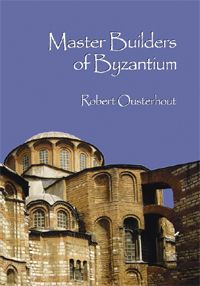
Few lovers of architecture would deny Haghia Sophia a place among the half-dozen greatest buildings in the world. For many people seeing it for the first time, however, the initial impression is one of disappointment; it strikes them as dingy and lifeless - and so indeed it is. Some of them, too, are mystified - even a little worried - by Islamic furnishings which survive from its nearly five centuries as a working mosque. But let them look a little longer; give them time to understand that astonishing enclosure of space, to appreciate the breathtaking audacity of the whole construction; remind them that the central dome, though almost exactly the same diameter as that of St Paul’s in London, was constructed over a millennium before it, and that a dome in the shape of a shallow saucer constitutes infinitely more of a challenge than a hefty hemisphere; finally, explain that the whole building was completed in less than six years, between the spring of 532 and St Stephen’s Day (December 26) 537, with little technical equipment beyond blocks and tackles and simple iron tools - and gradually they realise they are standing inside a miracle.
Oddly enough, however, although the Byzantine Empire lasted over 900 years after the consecration of Haghia Sophia, no building on a similar scale was ever attempted again. It seems that, after the final condemnation of iconoclasm in 843, large public basilicas, probably under episcopal jurisdiction and designed for great processional ceremonies, lost their appeal; the trend was towards smaller, more private foundations, which in turn called for compact, centralised, almost personal churches, often with private chapels attached. These are the typical Byzantine churches from the ninth century onward; and it is they that form the subject of this remarkable and courageous book.
Courageous, because although innumerable volumes have been written on Byzantine architecture from the stylistic angle, this is the first to my knowledge that tackles the subject from the point of view of the builders themselves. And this is no easy task. For one thing, of all the Byzantine churches built in Constantinople, less than ten per cent now survive; and many of those have undergone extensive restoration, often more than once - the Emperor Basil I alone restored, in the course of his reign (867-886), no fewer than thirty-one churches in and around the capital. For another, very few of the architects involved are even identifiable. To be sure, we know the names of the two geniuses who designed Hagia Sophia - Anthemius of Tralles and Isidore of Miletus - but in later centuries architects seem to have lost standing. Churches are almost invariably attributed to emperors or rich patrons, rather than to those who actually did the job.
In any case there is little documentary evidence, since the Byzantines of this period had no interest in geometry or the physical sciences and most projects seem to have been undertaken without preliminary drawings. The outline of a building would be first marked out roughly on the ground with stones or chalk, then laid out more precisely with a calibrated rope. Without more ado, work would begin. Design and construction would progress simultaneously, the master mason very likely being his own architect and nobody knowing exactly what a building would look like until it was finished.
Professor Ousterhout has therefore had virtually no evidence to help him but that of the surviving buildings themselves, together with a number of fascinating contemporary illustrations - most of them reproduced in monochrome in the book - in mosaic, fresco or manuscript illumination. Those buildings, however, and those illustrations have taught him much.
He has looked carefully into the principal materials used - brick, stone and marble. It was a surprise to me to learn that after the seventh century the quarrying of marble virtually stopped, and that in all later instances of marble revetment of inner walls - in the Church of the Chora, for example - the marble has in fact been recycled. On construction methods, too, he has much of interest to tell us - on putlog holes, for example, those square apertures which so often appear in rows along walls and were used not, as I have heard suggested, for the convenience of pigeons but as supports for builders’ platforms on the scaffolding.
Then there is the question of interior decoration. Ousterhout emphasises that a Byzantine church was not considered complete until its surfaces were properly embellished - in mosaic if it could be afforded, otherwise in fresco, or sometimes (as with the Chora) in both. The iconographical disposition of the subjects was rigidly prescribed and strictly observed. Christ Pantocrator - the Ruler of all - would gaze (or, at Daphni, glower) down from the central dome, with angels or prophets lining the drum below him. The Virgin, usually with Child, would occupy the next most exalted position, the conch of the apse. The four pendentives would house the Evangelists. Then, along the upper walls of the naos, would come scenes from the lives of Christ and of the Virgin, with others from the Old Testament if space allowed. Finally, in the lowest zone of all, would be the Choir of the Saints: the Early Fathers in the apse, the martyrs in the centre, holy monks at the western end with, in all probability, the Dormition of the Virgin - the Koimesis - in the centre of the west wall. In the narthex and exonarthex, if they existed, there was rather more leeway. The Creation and the Flood were popular subjects, and at the Church of the Chora, we have the Presentation of his Church by Theodore Metochitis, as well as a quite disproportionately large Deesis. (The ultimate masterpiece here, however, is paradoxically in the least important part of the building: the parecclesion, or outer aisle, running along the south side, where the fresco depicting the Anastasis - the Harrowing of Hell - is for me the greatest picture in Christian art.)
If you have little familiarity with, or interest in, the Byzantine world, this book is not for you. It presupposes a certain knowledge, and at least a passing acquaintance with the principal churches - not only those in the capital but also Hosios Loukas, those of Mount Athos and a number of others. But it is elegantly written and - apart from the absence of colour - is beautifully produced, with admirable photographs or diagrams on almost every page. It has taught me a lot, and I shall treasure it.
© John Julius Norwich
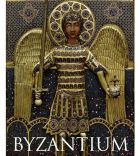 Out of Stock
Out of Stock
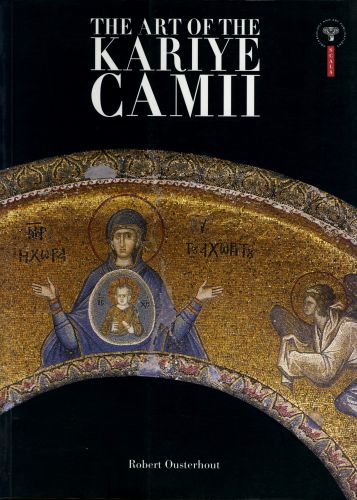 Out of Print
Out of Print

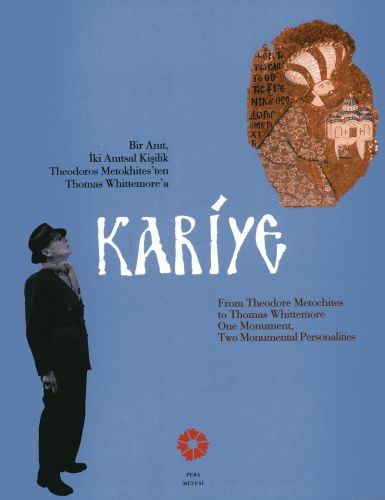
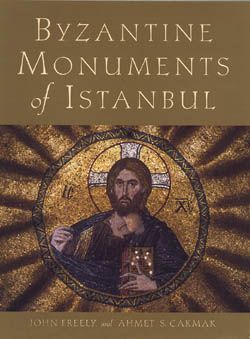 Buy from Amazon
Buy from Amazon
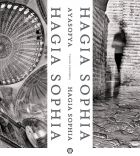 Out of Stock
Out of Stock
1. STANDARD
Standard, untracked shipping is available worldwide. However, for high-value or heavy shipments outside the UK and Turkey, we strongly recommend option 2 or 3.
2. TRACKED SHIPPING
You can choose this option when ordering online.
3. EXPRESS SHIPPING
Contact subscriptions@cornucopia.net for a quote.
You can also order directly through subscriptions@cornucopia.net if you are worried about shipping times. We can issue a secure online invoice payable by debit or credit card for your order.

Cornucopia works in partnership with the digital publishing platform Exact Editions to offer individual and institutional subscribers unlimited access to a searchable archive of fascinating back issues and every newly published issue. The digital edition of Cornucopia is available cross-platform on web, iOS and Android and offers a comprehensive search function, allowing the title’s cultural content to be delved into at the touch of a button.
Digital Subscription: £18.99 / $18.99 (1 year)
Subscribe now